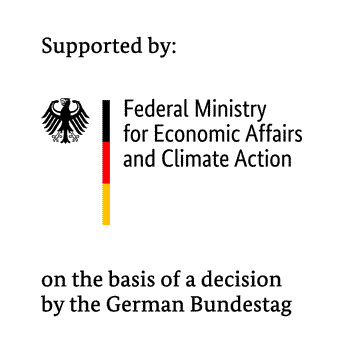System development tool for the efficient development of portable GC systems


When it comes to ensuring that consumers have confidence in a food manufacturer or food brand, the quality of the raw materials and products used is absolutely crucial. For example, one single bad batch of raw materials can compromise an entire day’s production and — in the worst-case scenario — lead to a recall. In addition to financial consequences, this can also damage the brand’s reputation. That is why monitoring the quality of the delivered goods and how they are stored is an important objective in the food industry.
Up until now, expensive instrumental methods of analysis or time-consuming sensor-based tests have been used. Although these can determine whether certain specifications are met, they do not provide any precise information about the actual condition of the goods. That’s why analysis methods are required which enable the quality of the food to be evaluated quickly and cost-effectively on site.
Rapid monitoring of food quality from any location
This is precisely the goal that has been set for the SENT-GC-MOS research project. In cooperation with our Retention of Food Quality department and Saarland University’s Lab for Measurement Technology, we are conducting research into a system development tool (SENT) that facilitates the simple and cost-effective development of gas chromatography systems for various fields of application. This involves researching new detector modules based on miniaturized semiconductor gas sensors as well as analyte enrichment by means of preconcentrators.
As an example of the application of SENT, a GC analysis system known as OxiVOC-GC is being developed. Here, two sample applications from the food industry are being considered: firstly, the identification of fatty acid oxidation product thresholds and, secondly, the detection of mold. The volatile organic compounds (VOCs) that arise as a result of fat oxidation are perceived by people as a rancid, fatty smell. If nuts or seeds, for example, are affected by this when producing chocolate, this can result in customers rejecting the product. The demonstrator under development aims to detect these oxidation products before they are sensed by people and will also be able to differentiate between mold and fat oxidation.
This is facilitated by a robust, portable gas chromatography detector system that uses purified air as its carrier gas. It admits samples in a contact-free manner, separates the analytes in a miniaturized gas chromatography column and detects and quantifies them using a sensitive semiconductor gas sensor.
Increase in competitiveness in the food industry
The early detection of quality changes in oily raw materials and products increases the competitiveness of food manufacturers and processors considerably. What’s more, the project findings can be transferred to other applications and industries — particularly to miniaturized, modular, hand-held GC detectors used in VOC analysis. This enables component and measurement system manufacturers to bring products to market more quickly and — in the long term — to provide a sustainable portfolio in the field of miniaturized, modular, hand-held GC detectors.
 Fraunhofer Institute for Process Engineering and Packaging IVV
Fraunhofer Institute for Process Engineering and Packaging IVV